Knowles’ defense had a solid performance overall against Penn State. However, Penn State did benefit from a few coverage busts, a few instances of poor tackling, and a few instances of Ohio State not fitting the run properly.
For the most part, I’m going to try to avoid talking about any particular plays or observations Ross already discussed in his article, but I am going to point out a couple more observations that I think are worth mentioning.
RELATED: Fulton Analysis – Good Enough
Coverage-wise, Ohio State’s defense primarily played Cover 1 and Cover 3, as has been the trend all season. Jim Knowles also mixed in some Tampa-2 coverage. Below is an example of a Tampa-2 variation with the Mike LB (Tommy Eichenberg) as the “pole runner” responsible for the high hole in the middle of the field:
Additionally, Knowles showed a Tampa-2 variation with the Middle Safety (Ronnie Hickman) as the “pole runner”:
Following the coverage busts in Cover 3 that lead to PSU’s second touchdown, Knowles adjusted by primarily playing Cover 1 throughout the second half. However, Knowles made an interesting adjustment in Cover 1 this week by employing a Cover 1 “Rat” scheme rather than the Cover 1 “Robber” scheme we’ve seen for the most part this season. Regardless of whether it’s Rat or Robber, Cover 1 still refers to man coverage with one safety covering the deep middle.

The main difference between Rat and Robber is which player covers the low hole in the middle and reads the QB. In Cover 1 Robber, a safety covers the low middle hole (it’s usually been Hickman or Lathan Ransom this season), while in Cover 1 Rat, a linebacker covers the low middle hole. An example of Cover 1 Rat can be seen in the following clip:
As you can see in the clip above, Hickman is the deep safety, while Eichenberg is the low middle hole player reading the QB’s eyes. Everyone else is in man coverage.
Overall, Ohio State defended the run well. Below is an example of both Zach Harrison and Taron Vincent playing “heavy” techniques against a zone run from PSU:
In a heavy technique, defensive linemen will rip inside to the next gap when they read that an offensive lineman is base blocking them. In this case, PSU ran a zone run, so Harrison ripped inside to the B-gap while Taron Vincent ripped inside to the A-gap, and this clogged the interior gaps play-side. Harrison was also able to beat his man and make the tackle.
Heavy techniques are useful in the sense that they use post-snap movement to close gaps against zone runs, and they often throw offensive linemen off. Heavy techniques fit right in with Knowles’ philosophy of spilling run plays.
One issue Ohio State had against PSU’s run game was that, at times, Ohio State’s 3rd level players didn’t fill their gaps properly. Ross touched on this in his article by providing an example of one of our cornerbacks not filling his gap properly against a nub trips formation. Another example of our 3rd level players not filling their gaps properly came on PSU’s longest run of the day. The clip of that play is below:
On this play, it appeared that Hickman was responsible for the C-gap, but he didn’t trigger quickly enough and fill the C-gap, which is exactly where the cutback lane was. Based on both Ohio State’s pre-snap alignment and post-snap reactions, the run gap responsibilities appeared to be as follows:
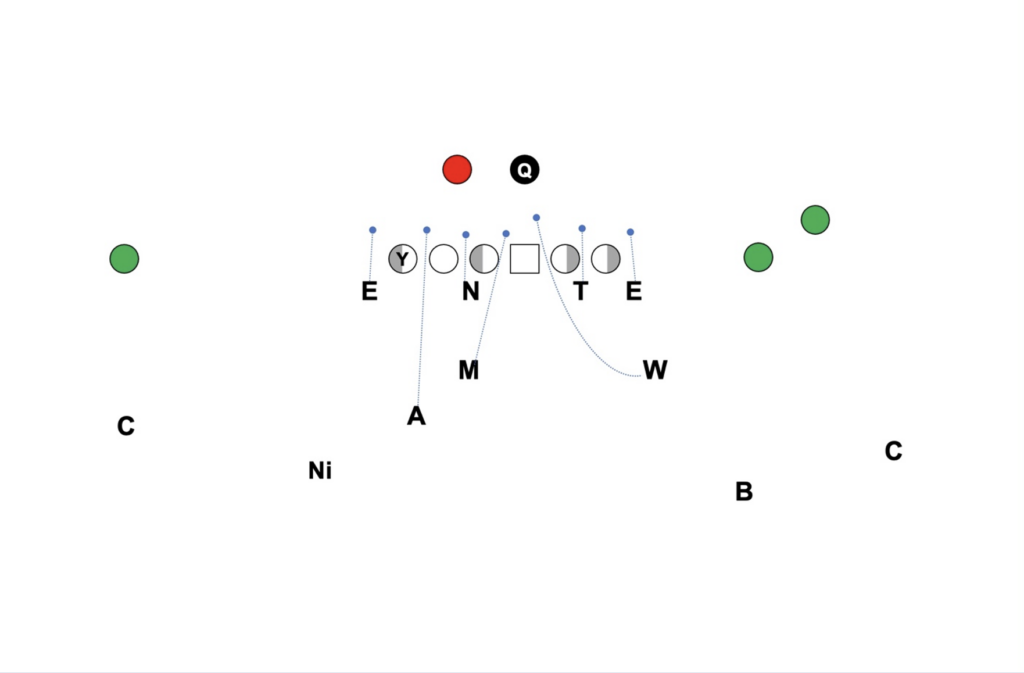
If this was the case, Hickman (the “A” in this diagram) did not fill his gap properly. Some of this may have been due to the slow, awkward release by the tight end, however, and Hickman made plenty of other good plays in run support throughout the day, such as the play below:
The above clip is also an example of Eichenberg doing a good job spilling the fullback’s block and forcing the ball-carrier right into Hickman. I know Ross touched on this play in his article, but I just wanted to emphasize it because Eichenberg, Hickman, Tanner McCalister, and J.T. Tuimoloau do such a great job play-side.
Another slight issue defending the run was allowing a few too many yards after contact at times. For example, in the following clip, Mike Hall holds his gap and first contacts the running back about a yard past the line of scrimmage, but the running back was able to drive his legs and gain six yards:
Despite having some defensive issues on Saturday, Ohio State’s defense played a solid game overall. It was good for the defense to face a team with some real playmakers at both receiver and running back. Knowles also continues to show that he has the ability to make in-game adjustments, which is extremely important.
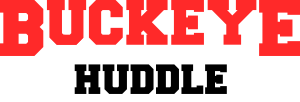

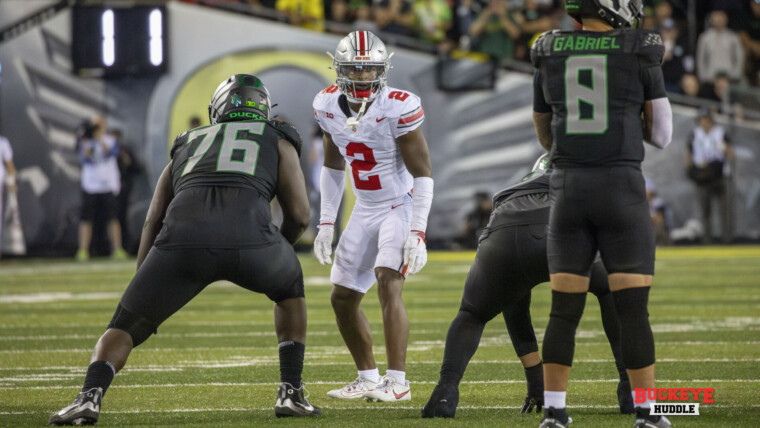
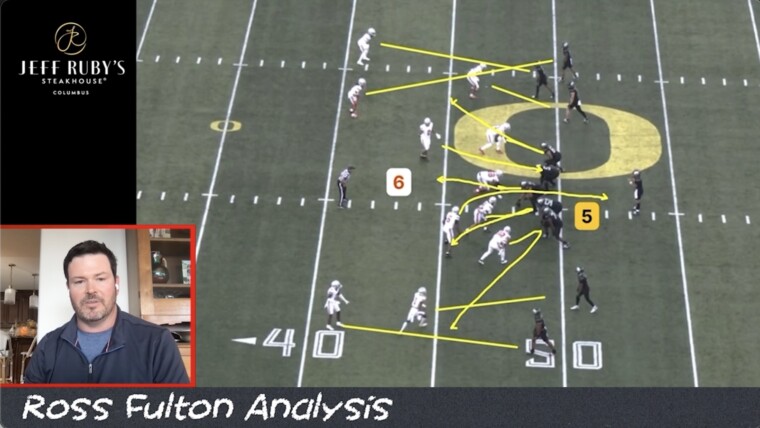
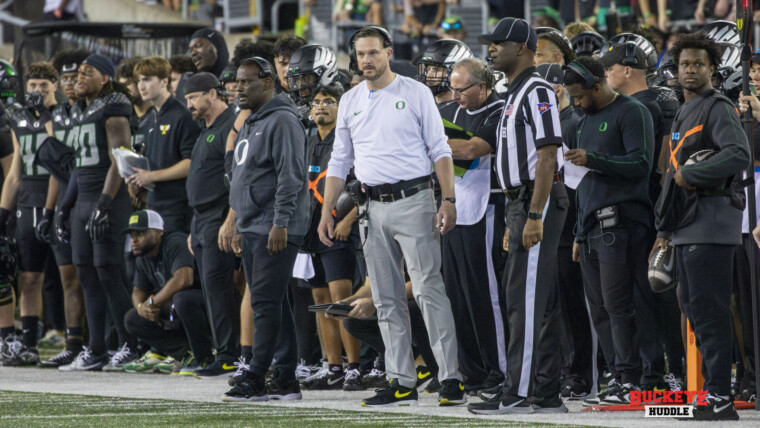
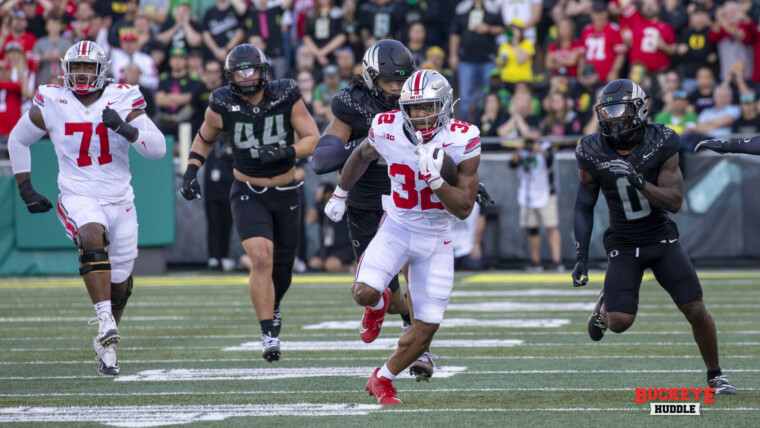
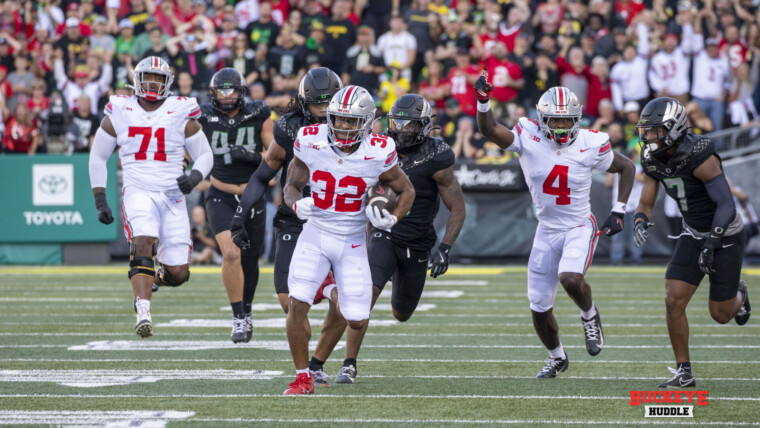
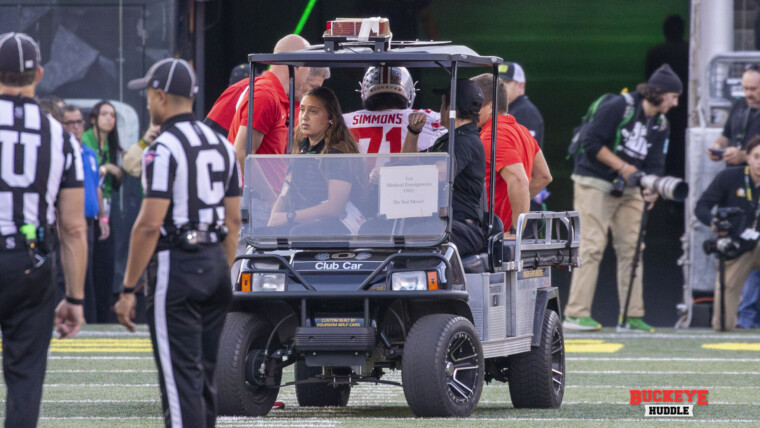
Ryan Day Talks Buckeye Injuries, Refocusing On Task Ahead
Michigan Monday: The Land Of Sinkin’
Buckeyes Moving On From Loss, But The Memory Will Remain
Buckeyes Trending in the Right Direction for Priority Offensive Lineman
Ohio State Football Insider: Five Things We Learned Talking To Ryan Day
Is Nebraska’s Defense Prepared For Ohio State’s Rushing Attack?
Ohio State offensive tackle Josh Simmons Officially Out for the Season
Will Howard Rebounding From Oregon Loss, Looking Forward To What’s Next